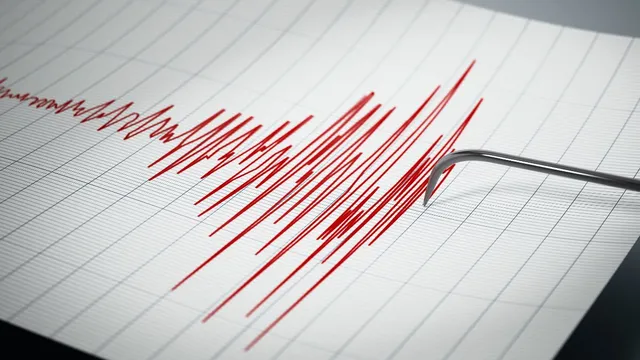- By Shivangi Sharma
- Sun, 09 Nov 2025 03:00 PM (IST)
- Source:JND
A powerful earthquake measuring 6.7 on the Japan Meteorological Agency’s (JMA) scale, and 6.8 according to the US Geological Survey, struck offshore northern Japan on Sunday afternoon, prompting immediate tsunami advisories along the Iwate coastline. The tremor occurred at approximately 5:03 p.m. (local time) off the Sanriku coast, at a depth of about 10 kilometres, raising concerns of incoming waves that could reach up to one meter in height.
Japan’s national broadcaster NHK reported early observations of offshore tsunami waves and urged residents to stay away from coastal zones. While live television visuals showed relatively calm waters, authorities emphasised that waves could arrive “at any moment,” especially along exposed coastal segments.
Strong Tremors Recorded In Iwate And Miyagi
The quake registered a seismic intensity of 4 on the Japanese seismic scale in parts of Iwate and neighbouring Miyagi prefectures, including the cities of Morioka, Yahaba, and Wakuya. India’s National Centre for Seismology (NCS) listed the quake at magnitude 6.6 at a depth of 30 kilometres.
As a precaution, tsunami forecasts were extended to parts of Hokkaido’s eastern coast and several stretches across northern Honshu. East Japan Railway confirmed that the Tohoku Shinkansen briefly lost power, resulting in suspended train operations between Sendai and Shin-Aomori stations before services gradually resumed.
Region Still Haunted By 2011 Disaster
The region remains acutely sensitive to seismic activity, particularly offshore quakes, due to the devastating 9.0-magnitude earthquake and towering tsunami that struck in 2011. That disaster claimed around 18,500 lives or left people missing and triggered meltdowns at the Fukushima Daiichi nuclear power plant, an event often described as Japan’s worst crisis since World War II.
Japan sits along the Pacific “Ring of Fire,” where multiple tectonic plates converge, generating relentless seismic tension. With more than 125 million residents, the country experiences an estimated 1,500 tremors each year. While most are minor, offshore quakes carry heightened risks due to undersea plate movement, which can rapidly trigger tsunamis.
ALSO READ: Indian-Origin Couple Lose Home, Fined Rs 75 Lakh For Enslaving Woman For 8 Years In Australia

